How to organize care to get a good strawberry harvest
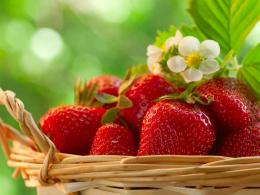
In order for garden strawberries to produce a good harvest, you need to take care of this in advance and create all the proper conditions for its growth. Strawberries are not a capricious crop; they do not require care. All it takes is the right one watering, timely feeding and protection from frost.
Content
- When to plant strawberries and how to choose seedlings
- What soil is suitable for strawberries
- Landing place
- Planting strawberries
- Plant care
When to plant strawberries and how to choose seedlings
Strawberries are planted at the end of July. The most suitable period is from the end of July to August 10. The later the plant is planted, the better harvest it will bring next year. Still, you shouldn’t delay the planting procedure until mid-August. It is better to plant strawberries in the evening.
Overnight, the plant acclimatizes to its new location. Ready-made strawberry seedlings are purchased in specialized stores. You can prepare it yourself if there are already strawberry bushes on the site. Planting material should be prepared during harvest, paying attention to the quality of the berries ripened on a particular bush.
The best bushes need to be marked in some way; you can stick a small peg next to it. Next year, you can pinch off a rosette from this bush and plant it in a new area. Can plant several varieties of strawberries, but then each variety of berries should have a separate bed.
What soil is suitable for strawberries
Before you start planting strawberries, you need to properly prepare the soil. For this berry, soil with the following characteristics is suitable:
- slightly acidic
- sandy loam
- loamy
A berry grown on sandy and clay soils will be small because it will not have enough moisture; excess moisture is also harmful. The basic composition of the soil may look like this:
- turf soil
- sand
- peat
- wood ash
- vermicompost
Humus, peat, and turf are taken in equal proportions, then a small amount of sand is added there. Before planting, the soil is carefully dug up, fertilized, and humus is added. It will take two or three weeks for the soil to compact. Only then will it be possible to begin planting.
Landing place
For strawberries you need to choose a sufficiently lit place. It requires sunlight; even a little shade can affect the quality of the crop. In this case, you need to pay attention that tomatoes or potatoes do not grow nearby, since strawberries have diseases similar to them.
The places where beans, peas, onions or garlic previously grew are best suited. The planting area must be level. In the lower reaches the berry will grow poorly. If the plot is located near groundwater, then it should be raised. The height of the bed in this case should be about 40 cm.
If the soil is dry, there is no need to raise the beds high; 15 cm will be enough. The most suitable areas are those located in the southwestern part of the garden plot. Steep slopes are not suitable for this crop. In addition, the place must be protected from winds.
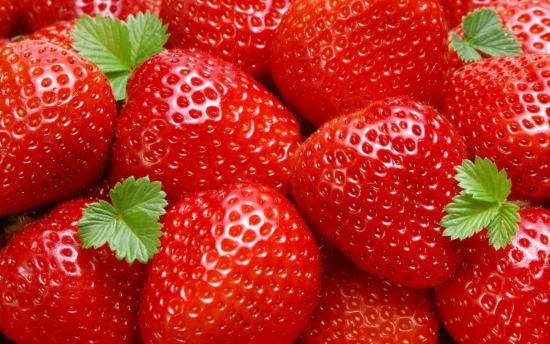
The berry can grow in one place for no more than five years. After this period, another area is selected for the berries.Strawberry yield depends on its age. The first and second years will be the most productive; in the third year the harvest will be good, but the berries will become smaller.
Over the next two years, the number of fruits will gradually decrease. If desired, after three years the strawberries can be dug up with roots and burned, and vegetables can be planted in their place. After three years, strawberries can be planted again in the same area.
Planting strawberries
Strawberries reproduce by rosettes that form on the tendrils of the mother bushes; the closer the rosette is to the mother bush, the better. Up to five rosettes can be grown on one tendril. Berries should not form on the mother bushes; as soon as flowers appear, they should be removed. Best for reproduction bushes of the second year of life are suitable.
A rosette with several leaves and roots is separated from the mother bush. After this, it is planted in the ground. Planting work is carried out in the evening or in cloudy weather, so that the plants do not die from the bright sun, but have time to take root well.
When forming a bed, it is necessary to maintain a certain distance, both between the ridges and between the bushes. A distance of about 90 cm is maintained between the beds, and the bushes are placed 30 cm from each other.
The procedure for planting strawberries is as follows:
- make a small indentation
- a small mound is formed in the hole
- a rosette is planted on a mound
- roots are sprinkled with soil
After planting, the strawberry rosette should be watered. This is done carefully so as not to flood the plant. For this procedure, use a watering can or sprinkling method. By the onset of winter, the seedlings will have time to acclimatize well. Next summer the strawberries will begin to bear fruit.To protect the plantings from harmful insects, lupins can be planted nearby.
Plant care
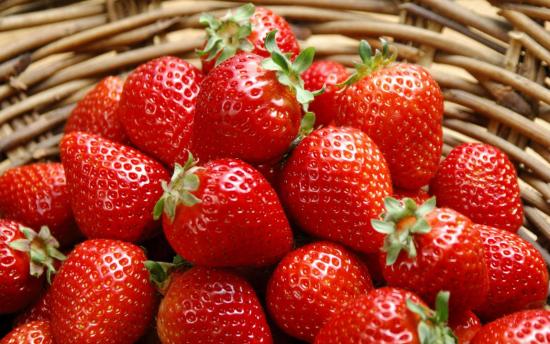
After the strawberry bushes have been planted, efforts must be made to ensure that they take root well; to do this, they are covered with sheets of paper and periodically sprayed. strawberries Water is necessary, otherwise the plant may dry out; watering must be done regularly, without allowing excess moisture.
On hot days, water the plants once every four days, and in cloudy weather once a week will be sufficient. There should be at least 5 liters of water per square meter. In general, you should focus on weather conditions and water as needed. Strawberries need to be watered in the morning.
In general, plant care is not complicated; it includes the following procedures:
- weeding
- cleaning the area from harmful insects
- mulching
- feeding
Mulching is a necessary procedure for strawberries. By mulching you can prevent moisture evaporation. The best mulching material for this berry is pine needles; if there are no pine needles, you can use mowed grass. In August you will need to loosen the soil to a depth of 5 cm.
You need to feed strawberries three times a season:
- The first fertilizing is done in the spring, before flowering begins.
- The second time strawberries are fertilized during the fruiting period
- Third time - in the fall
As fertilizers Vermicompost is suitable; it contains the nutrients necessary for strawberries: phosphorus and potassium. The fertilizer also contains phytohormones, which accelerate plant growth, and antibacterial and antifungal substances. In spring, strawberry bushes begin to prepare for the season.
Dried and diseased leaves should be removed.The soil around the bushes should be loosened well. When the first young leaves sprout, the old foliage can be completely removed. It is recommended to do pest prevention. To do this, prepare a one percent solution of copper sulfate.
Strawberries are poured with this product, and a week later the berries are treated with potassium permanganate. This method will destroy the larvae of harmful insects. When the strawberries begin to bloom, they also need to be treated with a light pink solution of potassium permanganate, to which 0.5% boric acid is added.
Along with the berries, tendrils also begin to grow on the bushes. They should be removed throughout the entire fruiting period. With proper care, strawberries actively bear fruit from May to October. Strawberries are very sensitive to frost; at temperatures below 12 degrees, their delicate roots can freeze. Therefore, the berries are prepared in advance for wintering.
To do this, in October the bushes are sprinkled with spruce needles and sawdust, soil pre-mulch with peat. And when the first snow falls, it will need to be compacted. The snow layer should be at least 10 cm. In spring, the layer of soil and sawdust is carefully removed.
Video about strawberry varieties that always produce a harvest:



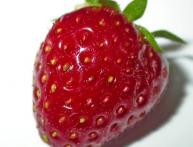
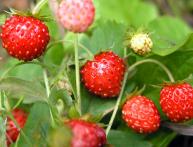
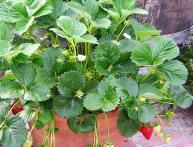
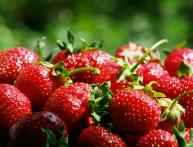
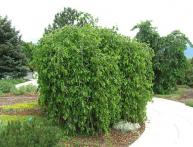
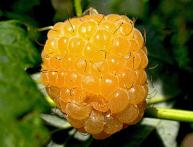
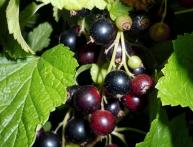
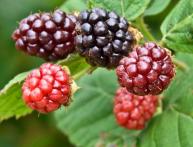
Comments
From my own experience (which came from my grandmother) I can say that this is all true. We plant at a sufficient distance, tear off the mustache, and feed with dry spruce. And we are very, very happy, we harvest every year. :)
Except that we don’t bother with watering so much: we give water twice a week, and we water it that way. Apply generously so that the roots are nourished.
And, sometimes we also fight against the scourge of insects, because of which the heads of unripe berries fall off and the ripened berries turn black...
Strawberries grew in one place for three years.Then the berries became significantly smaller in size and their number decreased. We planted strawberries in another area, and the yield improved significantly.